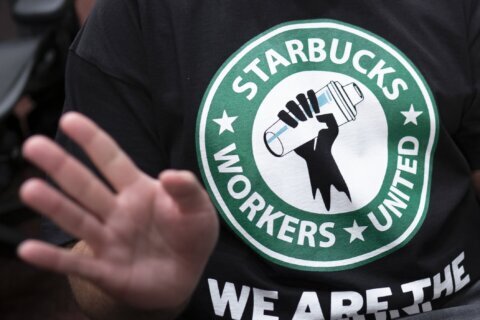The jobs recovery has slowed since last year’s buoyant rebound. And now a summer lull may be upon us before the return to in-person schooling in September allows more people to return to work.
Parents — especially mothers — have been hit hard by the pandemic as they juggled caring for children and simultaneously working at home. As offices reopen this summer, the child care challenge is still keeping some parents from returning to commutes and in-person work.
School closures play a large part in how differently the pandemic has affected men and women when it comes to dropping out of the labor force, said Luke Pardue, economist at human resource management firm Gusto.
Bringing women back into the labor force is key for the recovery and America’s economic potential, Neel Kashkari, President of the Federal Reserve Bank of Minneapolis, told CNN’s Poppy Harlow on Tuesday.
Hopes are high that a full return to classrooms in the fall will allow parents who were forced out of the workforce during the pandemic to again look for a job.
But there’s still a whole summer break to go until schools restart. So it will be a while until the expected boom materializes.
“I’m not seeing any accelerator between now and September — and then [there will be] a boom” when schools reopen, David Gilbertson, chief customer officer of workforce management business UKG, told CNN Business.
What to expect from the May report
Economists polled by Refinitiv predict another 650,000 jobs were added back to the economy in May. That would be up sharply from the disappointing 266,000 jobs added in April, the biggest miss versus expectations since Refinitiv started recording that data in 1999.
In normal times, either of those numbers would be phenomenal — but of course the nation is still not back to normal. CNN Business and Moody’s Analytics’ Back-to-Normal index is at 91% compared to the pre-pandemic level.
If the predictions for May hold true, America will still be down 7.6 million jobs compared with February 2020.
The ADP employment report showed 978,000 private sector jobs were added in May, sharply exceeding the 650,000 analysts had expected. The jobs gains were spread evenly across companies of all sizes but were heavily focused on the services sector, with leisure and hospitality adding by far the most jobs after experiencing the biggest drop last year. It was the biggest gain for the industry since last summer.
“This is a sunny jobs report,” said ADP chief economist Nela Richardson on a media call Thursday. But “the private sector still faces a 7 million jobs deficit.”
Job gains could be even stronger if it wasn’t for labor supply issues and pandemic-related child care challenges, Richardson said. Worker shortages should dissipate over time, especially after schools fully restart in-person classes.
While the ADP report and the government’s jobs tally aren’t correlated, the ADP number sets the tone for the official report released Friday.
In other data reported Thursday, claims for unemployment benefits slipped to 385,000 in the final week of May, according to the Labor Department, setting a new pandemic-era low. Continued claims for benefits, meanwhile, unexpectedly rose to 3.8 million.
The unemployment rate in the official jobs report is expected to inch down to 5.9% from 6.1%.
But the recent job gains haven’t been broad-based, and that doesn’t bode well for the overall recovery: In April, most of the jobs added were held by workers aged 16 to 19.
Eyes on wages
Economists are also watching what’s going on with wages.
Even though millions are still unemployed, wages haven’t taken a similar hit, in part because the pandemic crisis wiped out so many low-income jobs.
“The jobs hit hardest by the crisis are those that pay the least,” said Indeed economic research director Nick Bunker. He noted overall employment is 5.4% below February 2020 levels — but employment in low average-wage industries is down 9.7% in the same period.
Although some major companies have announced minimum wage increases to attract workers, the divergence between income and employment is just another sign of the uneven nature of this recovery, Bunker said.
Meanwhile, various industries are reporting worker shortages or at least a decrease in applications as workers are balancing care responsibilities, infection risk, compensation and career prospects with a return to work.
But some are optimistic the summer will usher in the next phase of the rebound.
“We anticipate that June will mark the point at which the economy moves beyond recovering lost ground and enters a period of expansion,” said Joe Brusuelas, chief economist at RSM US.
Americans’ incomes and spending jumped in March, on the back of stimulus checks, while savings shrunk. This revitalization of the consumer sector is a good sign for more employment gains in the summer, Brusuelas said.







